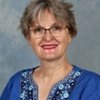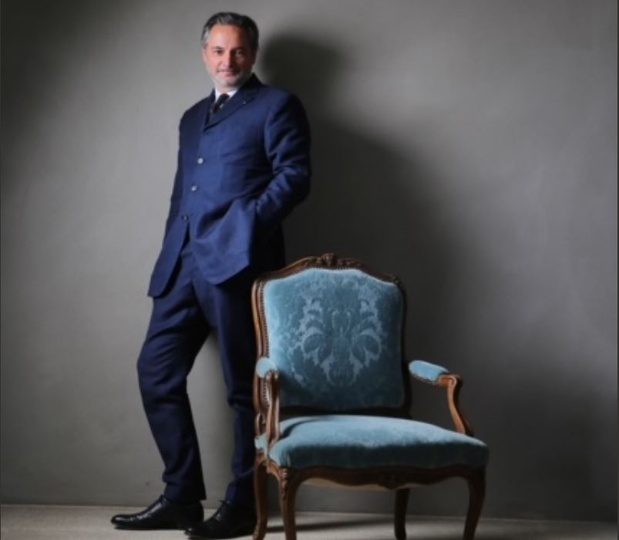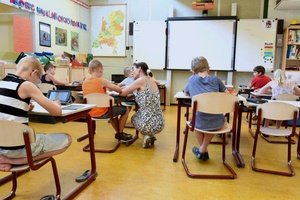My class have been very fortunate to interview Guillaume Dillée, a third generation Parisian art consultant who took over his family’s valuation consultancy which his grandfather started in 1925.
Born in Paris in 1966, Guillaume has followed in his father and grandfather’s footsteps to become a renowned art expert who works with museums, art galleries and private collectors.
He has been conferred the title Knight of the Order of Arts and Literature by the French Minister of Culture, for his contribution to enhancing national collections.
“Where does your passion come from?” my students asked.
Guillaume explained: “When I had a day off from school, I loved to go with my grandfather to the sales he attended as an expert: auction rooms, flea markets and shops to learn about the styles, discover artists and ‘touch’ the art pieces, which was forbidden at the time by the parents”.
My students were also interested to learn more about his job as an art advisor and were keen to discover the different criteria needed to authenticate a piece of art, which is called ‘sourcing’.
“First, you need to be very cautious about the seller, the condition of the piece of art, its origin, the parts which have been remade and also the era, the century. It is all about checking and rigour,” Guillaume said.
My students learnt that many collections in Paris were stolen by revolutionaries at the end of the 18th century. Guillaume has a mission to find them and bring them back from all over the world.
He likes to ‘dénicher la pièce rare’ (find the rare piece) and loves that each artwork tells you a story.
For example, he found a rare French clock made in 1810 in a Sydney auction room.
After many years immersed in the European art world, Guillaume decided to move with his family to Melbourne in 2014.
He says that compared to twenty years ago, the art market is global now, thanks to internet.
Students wanted to know more about his feedback concerning Australian clients: he said that Australians have a love for France and French art and are used to going to the NGV for big exhibitions and other big galleries around the country - more so than auction rooms. He added that Australians are more interested in paintings than furniture or objects.
My students then asked: aimez-vous Melbourne?
Guillaume replied that he loves the multicultural aspect of the society and the mix of cultures, the kindness of Australian people, the lifestyle and the opportunities for his children.
He likes the fact that Melbourne is a very European city.
One of my students asked him about the landmarks to visit in Paris.
Guillaume noted Paris [showcases] between five to ten centuries of history and noted must-see touristy attractions such at la Tour Eiffel or Mona Lisa (that French people call ‘La Joconde’), but said there are hidden gems far more interesting, such as le quartier du Marais, le Musée Carnavalet which tells the story of Paris, le Musée du Moyen-Age de Cluny, and le Musée Nissim Camondo (which has an extraordinary collection of 18th century art objects) to name a few.
Guillaume is also a painter.
He said his work does not fit in a particular style, but it’s more abstract or hyperrealist.
He encouraged the students to travel the world and to visit the most important museums to discover other people’s culture.
But his most important message was caught in his final words: “L’art, c’est comme un bouquet de fleurs, ça illumine ta maison, ça rassure, ca fait partie de l’Histoire de la vie". (Art is like a bouquet of flowers. It is reassuring, it lights up your house, it’s part of history of life.)
Now all my students want to go to Paris.














